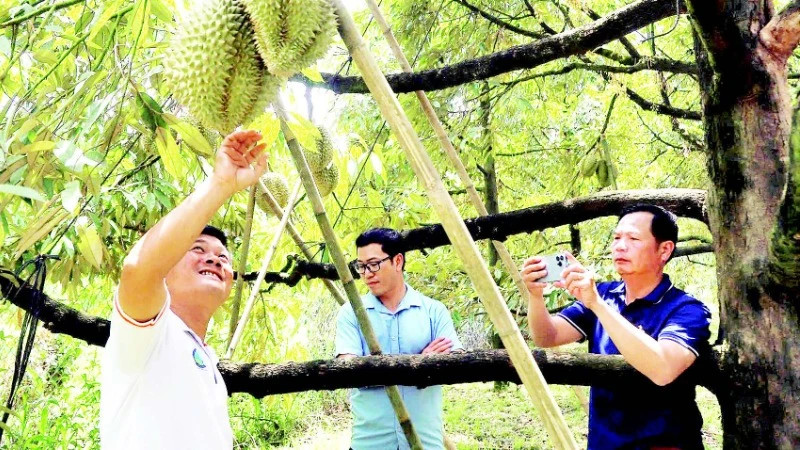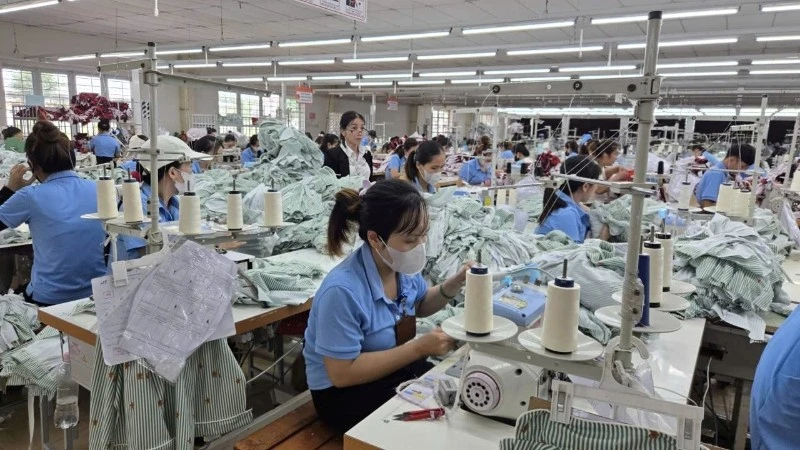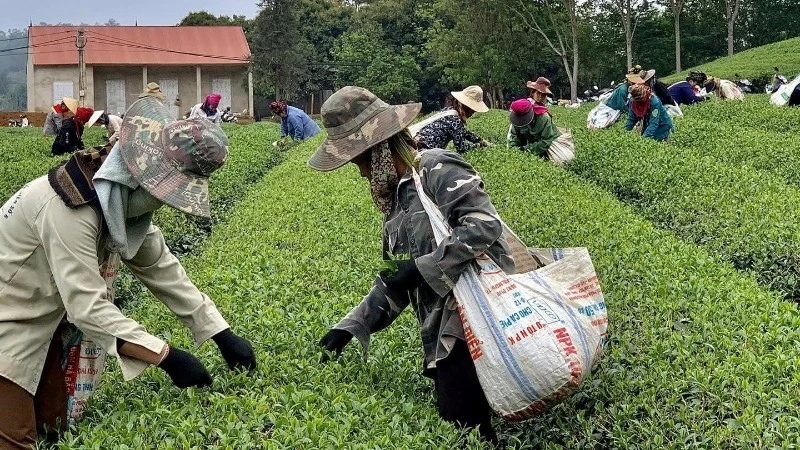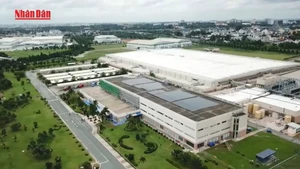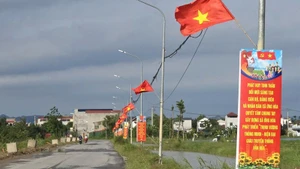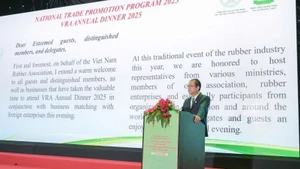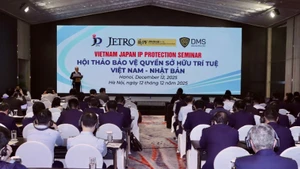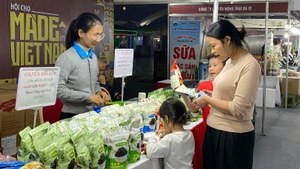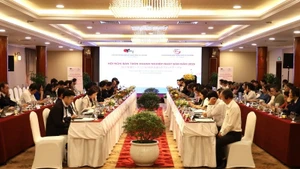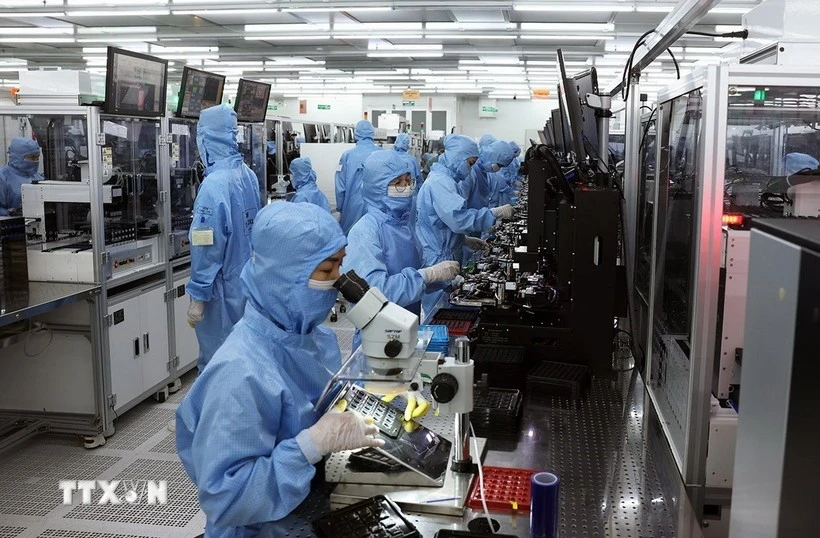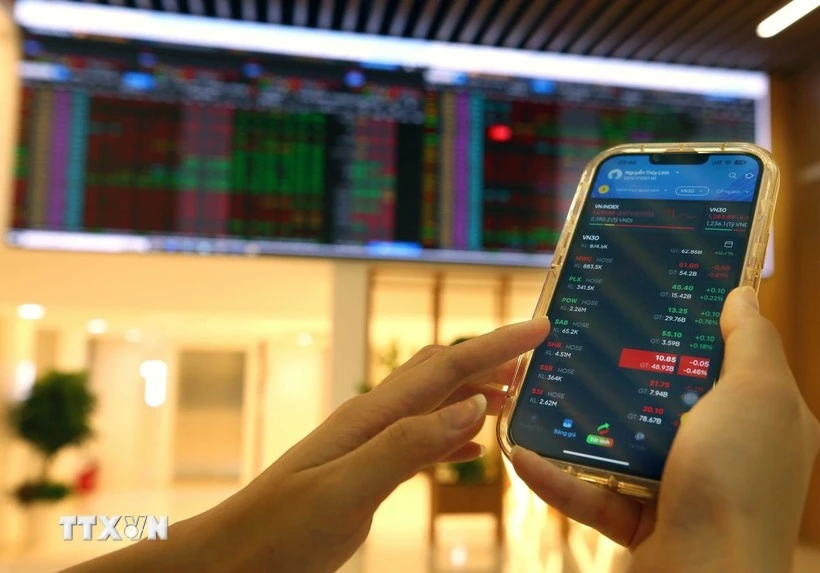In recent years, hundreds of households in Ha Lam Commune, Da Huoai District, have accelerated the transition in crop structures, applying science and technology to production, which has brought high economic efficiency. Among these crops, durian has emerged as the key crop, improving and enriching local livelihoods. Recently, durian growers in Ha Lam established the “billionaire farmers club” to support each other in growing wealth.
Farmers earning billions
Ha Lam Commune is located in the northern part of Da Huoai District, with National Highway 20 running through it. Over 30 years ago, people from Ha Tay (now part of Hanoi) migrated here to start a new life. The name Ha Lam is a combination of “Ha” (from Ha Tay) and “Lam” (from Lam Dong), symbolising the bond between people from both regions who endured hardship together and built a thriving community.
Around 15 years ago, Ha Lam was still a poor commune. But thanks to the locals’ diligence and economic acumen, the area has undergone a dramatic transformation, becoming the wealthiest part of Da Huoai District. What was once a difficult region is now home to hundreds of billionaire farmers.
Elderly residents recall that as early as the 1920s, the French selected this land to experiment with dozens of durian trees. After a successful trial, durian has since become the district’s and the commune’s leading crop. Today, Nam Nhi fruit orchard in Ha Lam still preserves a durian tree over 100 years old, grown from seed by the French. This legacy has become a foundation for developing agriculture, making durian the main crop and a significant economic driver.
In his family’s villa, Nguyen Minh Hong Diep shared, “I come from a family with a long tradition of fruit farming in Dong Nai Province. In 1990, I visited Ha Lam and realised its climate and soil were ideal for fruit cultivation. That’s when I decided to invest and settle here.”
Initially, Diep’s family intercropped traditional durian with coffee on one hectare. Seeing the high economic return, he expanded his operation to grow pure varieties like Dona and Ri6, the high-yield and high-quality types that are more favoured by the market.
Using annual revenue, Diep reinvested to acquire more land. He now owns 24 hectares of durian, most of which are in harvestable age. In the past five years, durian has brought his family between 10 to 20 billion VND (386,500 – 773,000 USD) annually.
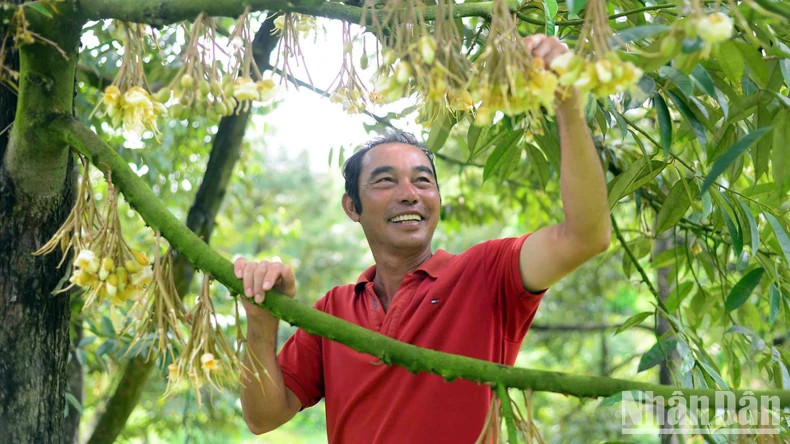 |
| Farmer Nguyen Minh Hong Diep tends to a durian orchard during its flowering and fruit-bearing stage. (Photo: GIANG NAM) |
Thanks to favourable climate and soil, many Ha Lam farmers have replaced low-value crops with durian, helping hundreds earn billions of dongs. Dang Huy Bo, who owns 6 hectares (over 2 hectares of which are in production), said his orchard uses automated irrigation and meets VietGAP standards, yielding high-quality fruit. In 2024, his family earned over 2 billion VND (77,300 USD) from the durian crop.
In this fruit-growing region, the Ha Lam Agricultural and Ecotourism Cooperative stands out as a model business entity. The cooperative has 30 main members and 120 associated ones.
Chairman and Director of the cooperative Le Quang Son stated that all durian cultivation areas in the cooperative are VietGAP-certified. The cooperative has nine durian planting codes, covering over 353 hectares. They’ve also built a linked production-consumption chain between farmers, the cooperative, and distributors. “Each hectare earns between 800 million VND and 1 billion VND (31,000 – 38,600 USD). With official exports to China, our members are making billions per harvest,” Son said.
Ha Lam benefits from the Da Huoai stream, the headwater of the Dong Nai River, providing abundant irrigation year-round. Combined with proper crop restructuring, this has reshaped the region. In 2024, to support mutual development, 104 households formed the “billionaire farmers club.”
The club Vice Chairman Dang Huy Bo explained: “The club aims to share innovative and effective farming practices to help each other grow wealth.”
From resolution to reality
Following a district resolution to promote science and technology in agriculture and enhance competitiveness of key products, local farmers have focused on investing and applying science, technology and engineering in agricultural production.
Alongside crop switching, Ha Lam farmers have embraced modern practices such as drones for spraying, automated irrigation systems, and building durian production models according to VietGAP and organic standards, improving quality and market competitiveness.
Chairman of Ha Lam Commune People’s Committee Phan Quang Thuc shared that Ha Lam has over 2,380 hectares of durian, with around 2,000 ready for harvest, yielding more than 22,000 tonnes annually. Of this, over 1,500 hectares use high-tech methods, 298 households apply VietGAP standards on 635 hectares, and 24 planting codes have been issued for 859 hectares.
Durian and other fruits have become the "key" to Ha Lam’s transformation. “Preliminary 2024 statistics show 376 households earn 1–3 billion VND (38,600 – 115,900 USD) per year, 15 earn 4–6 billion VND (154,600 – 231,900 USD), and five earn 10–20 billion VND (386,500 – 773,000 USD). Average income per capita is 110 million VND (4,250 USD) per year; there are no poor or near-poor households,” said Thuc.
To keep durian as the “wealth tree” for Ha Lam and Da Huoai farmers, locals hope the province and agencies will support building a durian quality inspection centre to aid exports.
According to Nguyen Van Tu, Head of Da Huoai’s Agriculture and Environment Office, for sustainable fruit development, authorities promote VietGAP and organic practices to improve quality and market value. The district is also enhancing management of planting and packing codes for export. “Da Huoai now has over 10,000 hectares of durian. Ha Lam stands out with rapid durian development and many billionaire farmers,” Tu confirmed.
